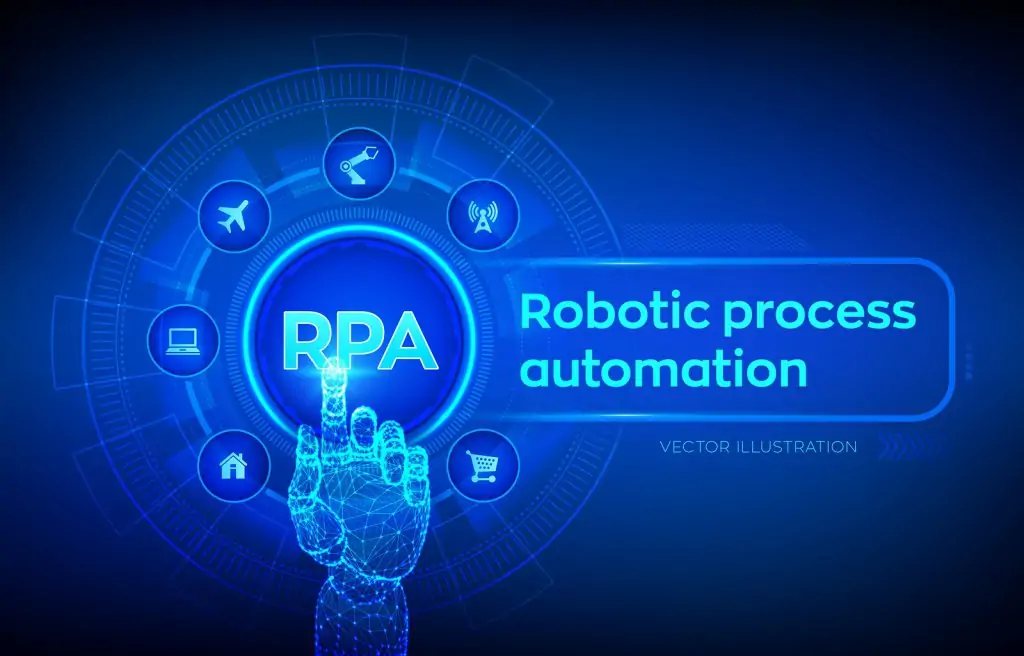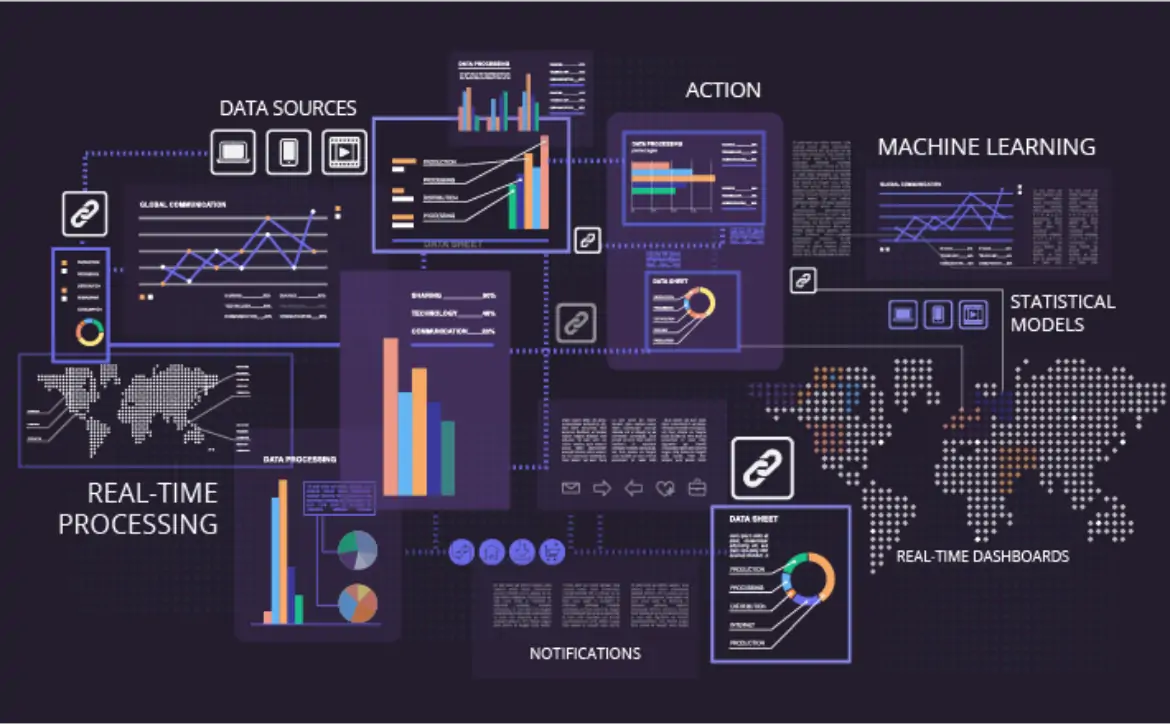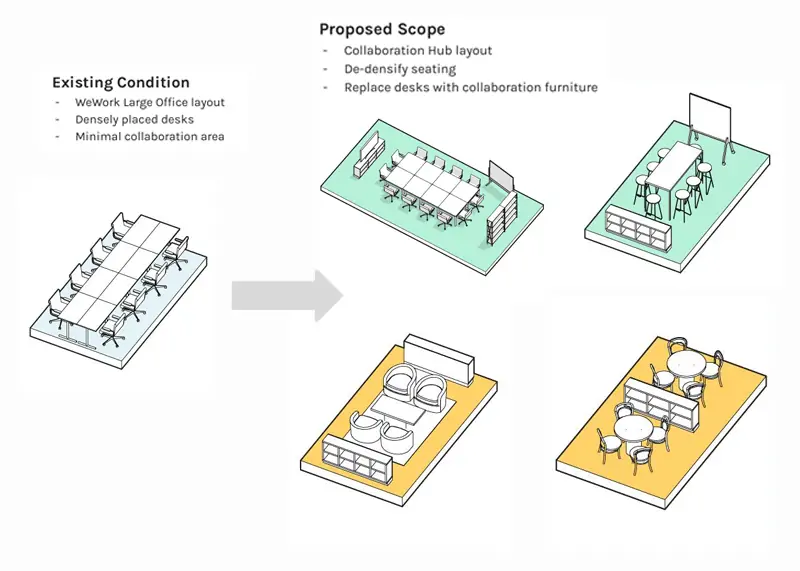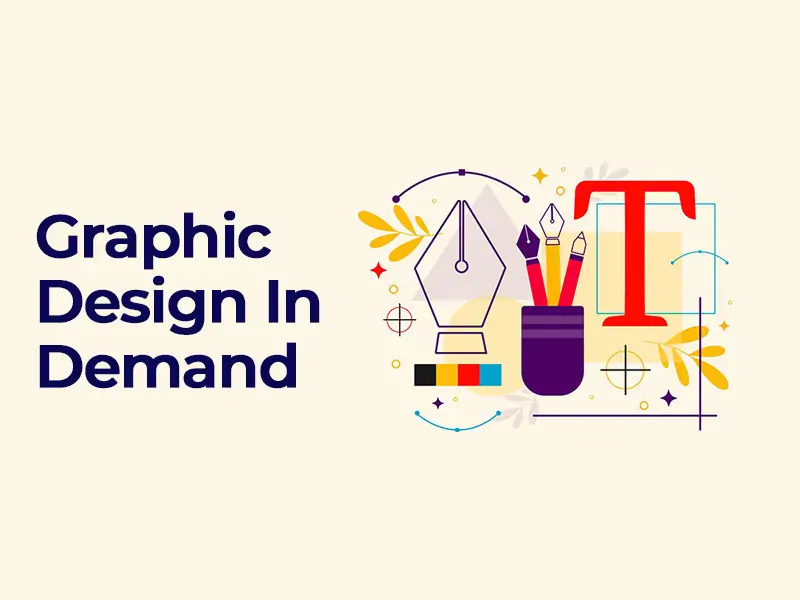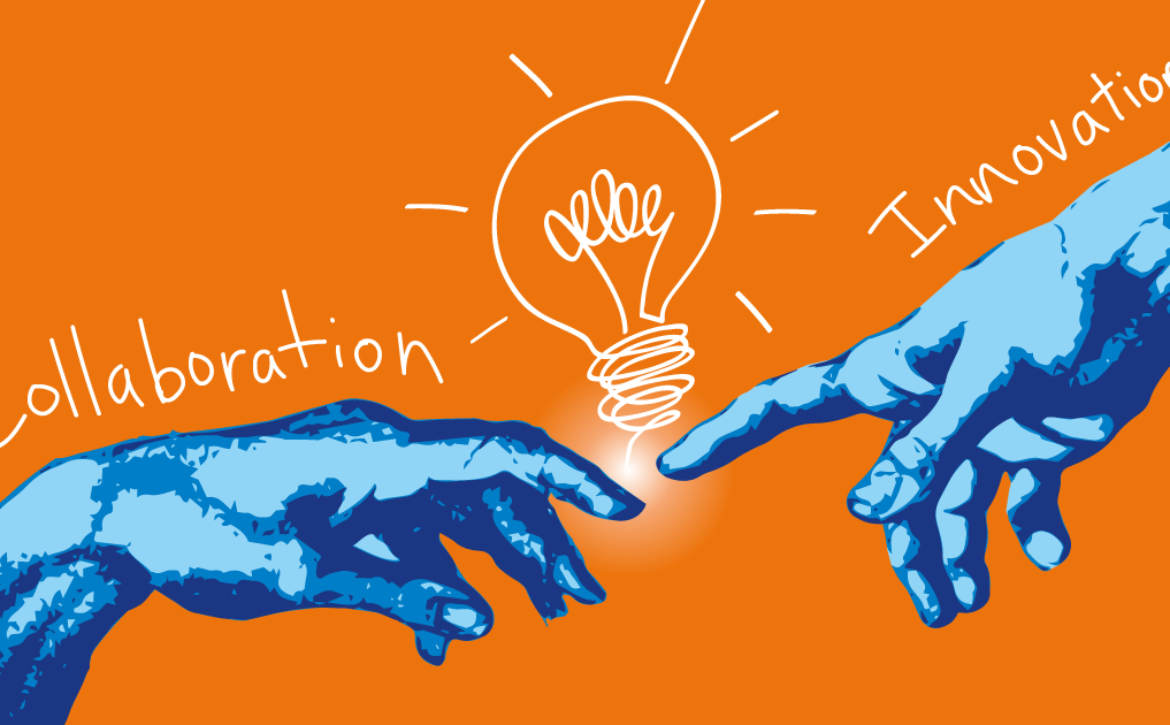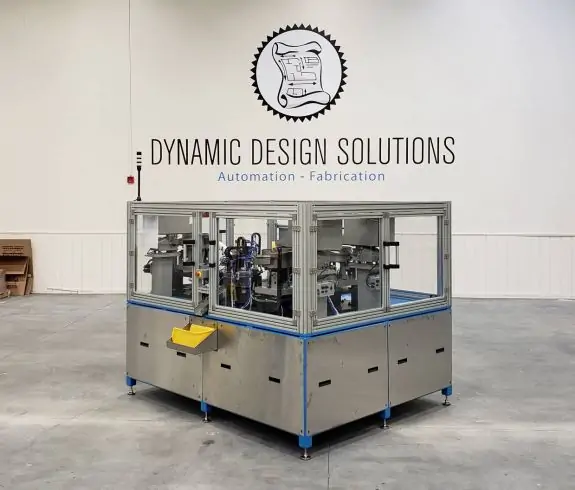The Role of Emotional Intelligence in Customer Consultations
Emotional intelligence in customer consultations goes beyond understanding and managing emotions—it’s about creating authentic connections. From conflict resolution to building trust, emotional intelligence enhances the customer experience, fostering loyalty and positive recommendations. Challenges include training and system integration, but the long-term benefits make it a strategic imperative for businesses.
Emotional Intelligence Unveiled
In the intricate tapestry of customer consultations, the integration of affective intelligence emerges as a transformative force, reshaping the dynamics between businesses and their clientele. Understanding the nuanced facets of affective intelligence is pivotal for businesses aspiring to foster authentic connections, enhance customer satisfaction, and elevate their overall advisory approach.
Emotional intelligence, at its core, involves the ability to recognize, understand, manage, and effectively use one’s own emotions while also being attuned to the emotions of others. In the context of customer consultations, this translates into a heightened awareness of the customer’s emotional state and an adeptness in navigating these emotions to create a positive and meaningful interaction.
“Understanding and responding to the emotional needs of customers is not just good business; it’s a fundamental aspect of creating lasting and meaningful connections.”
-Alex Burt
An emotionally intelligent advisor possesses a keen self-awareness, understanding how their own emotions may influence their interactions and decisions. Simultaneously, they exhibit a high level of social awareness, being attuned to the emotions, needs, and concerns of the customer. This dual awareness forms the foundation for empathetic and effective communication.
Applications in Customer Consultations
Affective intelligence finds profound applications in the intricate dance of customer consultations. Effective conflict resolution stands out as a hallmark of emotional intelligence. In customer interactions, conflicts may arise for various reasons, ranging from product dissatisfaction to service issues. Advisors equipped with affective intelligence can navigate these conflicts with finesse, de-escalating situations, and finding resolutions that align with the customer’s emotional needs.
Furthermore, affective intelligence plays a crucial role in anticipating and responding to customer needs proactively. By understanding the emotional cues and subtle signals, advisors can tailor their approach to meet the unique preferences and expectations of each customer. This personalized touch fosters a sense of connection and demonstrates a genuine commitment to customer satisfaction.

The Impact on Customer Satisfaction
The ripple effect of affective intelligence is prominently felt in the realm of customer satisfaction. Customers who feel understood and valued on an emotional level are more likely to remain loyal to a brand. The emotional resonance created through empathetic interactions contributes significantly to building trust and loyalty, which are integral components of a successful and enduring customer-advisor relationship.
Customer satisfaction, in the age of intense competition and ever-evolving consumer expectations, is a cornerstone of business success. An emotionally intelligent approach to customer consultations positions businesses not merely as service providers but as partners invested in the well-being and happiness of their customers.
Challenges and Strategies for Implementation
While the merits of affective intelligence in customer consultations are evident, implementing this approach poses certain challenges. Advisors may require training and development programs to enhance their emotional awareness, empathetic communication, and conflict-resolution skills. The integration of affective intelligence into existing systems and processes is another challenge, requiring a concerted effort to ensure a seamless and effective transition.
Strategies for implementation involve creating a culture that values emotional intelligence, providing ongoing training opportunities, and leveraging technology to support emotionally intelligent interactions. Building a team of advisors who embody and prioritize affective intelligence contributes to the overall success of the implementation process.

Authentic Connections through Emotional Intelligence
The integration of affective intelligence in customer consultations transcends transactional engagements, paving the way for authentic and enduring connections. Recognizing and responding to the emotional needs of customers not only enhances satisfaction but also contributes to the overall success and resilience of businesses in an increasingly competitive landscape.
Businesses that prioritize affective intelligence in customer consultations position themselves as empathetic, customer-centric entities capable of fostering relationships that withstand the test of time. The impact extends beyond individual interactions, creating a ripple effect that positively influences brand perception, customer loyalty, and, ultimately, business sustainability.
In the culmination of embracing affective intelligence in consultations, the transformation goes beyond the realm of mere transactions, evolving into the establishment of authentic and enduring connections. The profound impact of recognizing and responding to the emotional needs of customers extends far beyond immediate satisfaction; it becomes a cornerstone for the overall success and resilience of businesses navigating an increasingly competitive landscape.
Businesses that place affective intelligence at the forefront of their customer interactions position themselves not just as service providers but as empathetic, customer-centric entities. This strategic positioning is pivotal in fostering relationships that withstand the test of time. The ripple effect of affective intelligence is not confined to individual interactions; it permeates through the entire fabric of business operations, influencing brand perception, enhancing customer loyalty, and, ultimately, contributing to the sustainability and longevity of the business.
In essence, the integration of emotional intelligence becomes a defining characteristic of businesses that understand the intricate dynamics of human connection. It goes beyond the conventional approaches to customer satisfaction and transactional success. Instead, it signifies a commitment to creating a meaningful and lasting impact on customers, acknowledging their emotional needs as an integral aspect of the business-customer relationship.
As businesses navigate the complex landscape of customer relations, those who prioritize and cultivate affective intelligence set themselves apart. They become beacons of empathy, understanding, and genuine care, qualities that resonate profoundly with modern consumers. In an era where customer loyalty is a precious commodity, authenticity forged through affective intelligence becomes a powerful differentiator.




